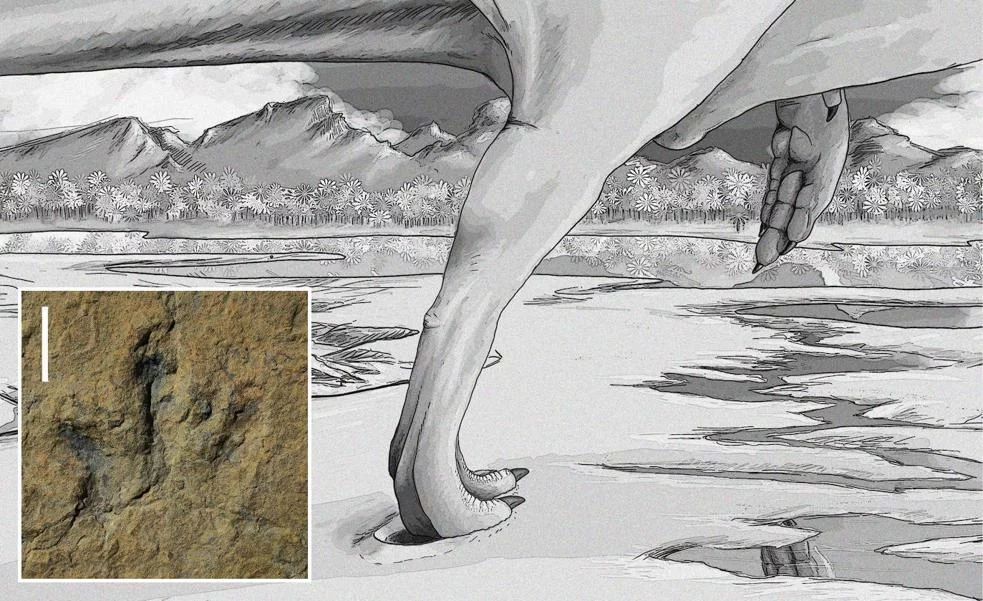 Some of the fastest dinosaur species on earth inhabited the territory that is currently occupied by the Riojan community and could run at 45 kilometers per hour, according to a study.
Some of the fastest dinosaur species on earth inhabited the territory that is currently occupied by the Riojan community and could run at 45 kilometers per hour, according to a study.
The researcher from the University of La Rioja (UR) Pablo Navarro (Zaragoza, 1988) has detailed that according to his study, published by the journal Scientific Reports, which belongs to the Nature group, some species of theropods (carnivorous dinosaurs with two legs) they could run at 45 kilometers / hour, which is one of the fastest speeds calculated to date for these animals from the analysis of their tracks.
The analyzed fossil traces are located in two deposits located in Igea (La Rioja), dating from the Lower Cretaceous period, between 145 and 100 million years ago.
One of the trails -called La Torre 6A- contains five tracks and the other -La Torre 6B- seven, all of them three fingers and longer than wide.
According to Navarro, it is "very unusual" to find tracks of such a fast race because, despite the fact that there are many tracks worldwide, those of this type are "very rare".
The environment in which the tracks were produced, a muddy ground, "surely was not the most suitable for running," he estimated.
"Although it is not possible to determine the species that left them, we believe that they were made by carnivorous dinosaurs of medium size, about 2 meters in height and between 4 and 5 meters in length, possibly from the family of spinosaurids or carcharodontosaurids" , Navarro has specified.
By analyzing the angles and distances between the tracks, the researchers have calculated that one of the dinosaurs ran at a speed of between 23.4 and 37.1 kilometers per hour and the other, even faster, between 31.7 and 44.6.
The latter figure is among the top three estimated speeds for theropods worldwide, he added.
In addition to a high speed, this research has confirmed the agility of these dinosaurs, since one of the tracks shows a smooth and constant increase in speed, while in the other a sudden change of direction is observed in the race, which which the authors interpret as evidence that the animal maneuvered while running.
These data corroborate studies carried out in recent decades by analyzing bone remains and the use of biomechanics, after taking field photographs to which three-dimensional models were applied, he added.
Scientists from the Complutense University of Madrid, the University of the Basque Country, the National University of Río Negro (Argentina) and the Paleontological Interpretation Center of La Rioja have collaborated in this research. (Text and photo taken from elmundo.es)